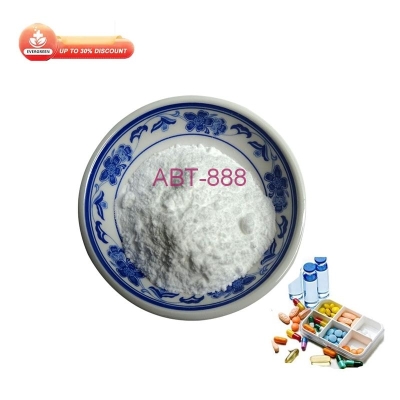-
Categories
-
Pharmaceutical Intermediates
-
Active Pharmaceutical Ingredients
-
Food Additives
- Industrial Coatings
- Agrochemicals
- Dyes and Pigments
- Surfactant
- Flavors and Fragrances
- Chemical Reagents
- Catalyst and Auxiliary
- Natural Products
- Inorganic Chemistry
-
Organic Chemistry
-
Biochemical Engineering
- Analytical Chemistry
- Cosmetic Ingredient
-
Pharmaceutical Intermediates
Promotion
ECHEMI Mall
Wholesale
Weekly Price
Exhibition
News
-
Trade Service
Atorvastatin is a widely used drug for treating high cholesterol levels and reducing the risk of cardiovascular disease.
Atorvastatin is synthesized through a multi-step process, and one of the key intermediates is the Atorvastatin Related Compound D (ARCD).
ARCD is an Epoxide impurity, or 3-(4-Fluorobenzoyl)-2-isobutyryl-3-phenyl-oxirane-2-carboxylic acid phenylamide, and it has a molecular formula of C23H28FN3O4.
Upstream and Downstream Products of ARCD
The production of ARCD involves several upstream and downstream processes, which are essential for the synthesis of the final drug product.
Upstream Processes
The upstream processes involve the synthesis of intermediate compounds required for the production of ARCD.
These processes include the synthesis of raw materials, chemical reactions, purification, and isolation of the intermediate compounds.
The raw materials used in the production of ARCD include various chemicals, reagents, and solvents.
The chemical reactions involved in the synthesis of ARCD are optimized to ensure maximum yield and purity of the final product.
The purification and isolation steps are critical to remove any impurities and ensure the quality of the intermediate compounds.
Downstream Processes
The downstream processes involve the transformation of the intermediate compounds into the final drug product.
These processes include formulation, filling, and packaging.
The formulation process involves the mixing of the ARCD with other excipients and diluents to create a stable and effective drug product.
The filling process involves the filling of the drug product into the final packaging, which is designed to ensure stability and shelf-life of the drug product.
Quality Control and Regulatory Requirements
The quality of ARCD is critical for the efficacy and safety of the final drug product.
Therefore, stringent quality control measures are put in place to ensure that the final product meets the required quality standards.
The regulatory authorities, such as the Food and Drug Administration (FDA), have set forth strict guidelines for the purity and quality of ARCD.
The manufacturers of ARCD must comply with these guidelines and perform regular testing to ensure that the final product meets these standards.
Challenges and Opportunities
The production of ARCD presents several challenges, including the synthesis of the intermediate compounds, purification and isolation of the final product, and formulation and filling of the drug product.
These challenges require the use of advanced technologies, such as continuous processing, to improve the efficiency and effectiveness of the production process.
Continuous processing has emerged as a promising technology for the production of ARCD, as it enables the real-time monitoring and control of the manufacturing process.
Continuous processing can improve the efficiency of the production process by reducing the time required for the synthesis, purification, and isolation of the final product.
It can also improve the quality of the final product by enabling real-time monitoring and control of the manufacturing process.
In conclusion, ARCD is a critical intermediate compound in the production of atorvastatin, and its synthesis involves several upstream and downstream processes.
The quality of ARCD is critical for the efficacy and safety of the final drug product, and therefore, stringent quality control measures are put in place to ensure that the final product meets the required quality standards.
The challenges and opportunities in the production of ARCD require the use of advanced technologies, such as continuous processing, to improve the efficiency and effectiveness of the production process.







